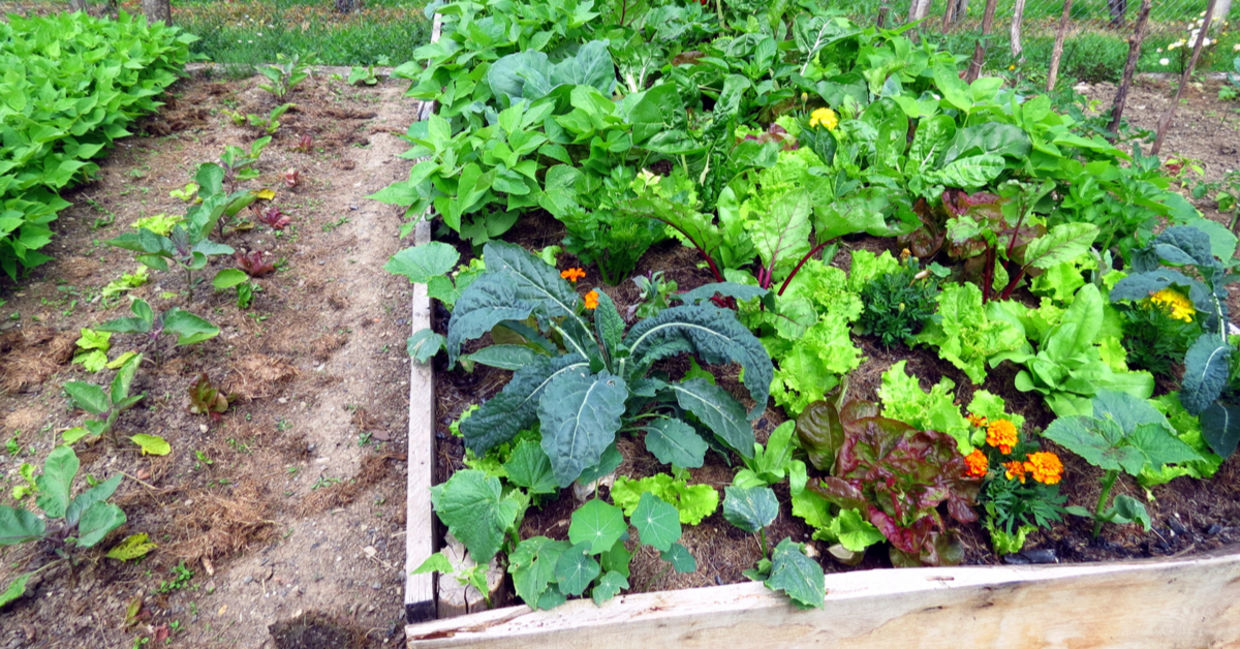
(OMMB / Shutterstock.com)
Many young professionals are opting to purchase food through CSA (Community Supported Agriculture) boxes. These boxes are filled with fruits and vegetables from local, and often organic, farms, and are sometimes even delivered straight to the consumer’s house.
Others are engaged in local community gardens, or in other forms of urban agriculture that maximize space on rooftops or porches to grow produce.
These practices, and many others, compliment a larger system of sustainable design called permaculture. Permaculture, which is a combination of the words permanent and agriculture, is a set of strategies that develop resilient, efficient, and ecological systems, all based around the concept of mimicking nature.
“Permaculture began in the 1970’s as a response to the destruction of healthy sources of food” explains Alex Cicelsky, a permaculture teacher and co-founder of the Center for Creative Ecology, which sits in the Israeli Arava desert.
The strategies of permaculture are precisely the types of strategies that will enable humanity to flourish on a healthy planet. The three ethics of permaculture are: Earthcare, Peoplecare, and Fairshare, meaning that not just the planet, but also people, communities, health, and energy are all part of the equation when utilizing permaculture principles.
Permaculture has the ability to build food security because it looks at the big picture, and solves problems holistically. More specifically, permaculture uses creative and natural ways to: build and maintain nutrients in the soil; harvest and store water; regenerate agriculture; and use critical resources such as sunlight, livestock, energy, and waste strategically- so that each part and parcel compliment and support one another.
“The basis for permaculture is looking at the way nature works” Alex explains. “Nature has its own systematic approach to creating diverse, resilient, and highly efficient systems.” For example, waste, which is a valuable resource in nature. “The waste of any one living creature is the input for another.”
The more we can mimic the harmony, resilience, and efficiency of nature, the more we can ensure food security for humanity in the long run. That means ditching conventional agricultural practices that deplete soil nutrients and kill biodiversity, and instead transition to sustainable methods of agriculture, such as intercropping, which intentionally places plants together that protect one another and supply one another with essential nutrients.
Permaculture is catching on fast. Out of the Global Eco-Village Network’s (GEN) 10,000 communities, most use, promote, and teach permaculture as a means to living a more sustainable life. Find a local permaculture project near you by checking out the Permaculture Worldwide Network.
YOU MIGHT ALSO LIKE:
7 Urban Farming Initiatives to Inspire Your Inner Gardener
This DIY Growroom Makes Urban Farming as Easy as 1, 2, 3
5 Inspiring Urban Community Garden Projects for City-Dwellers







